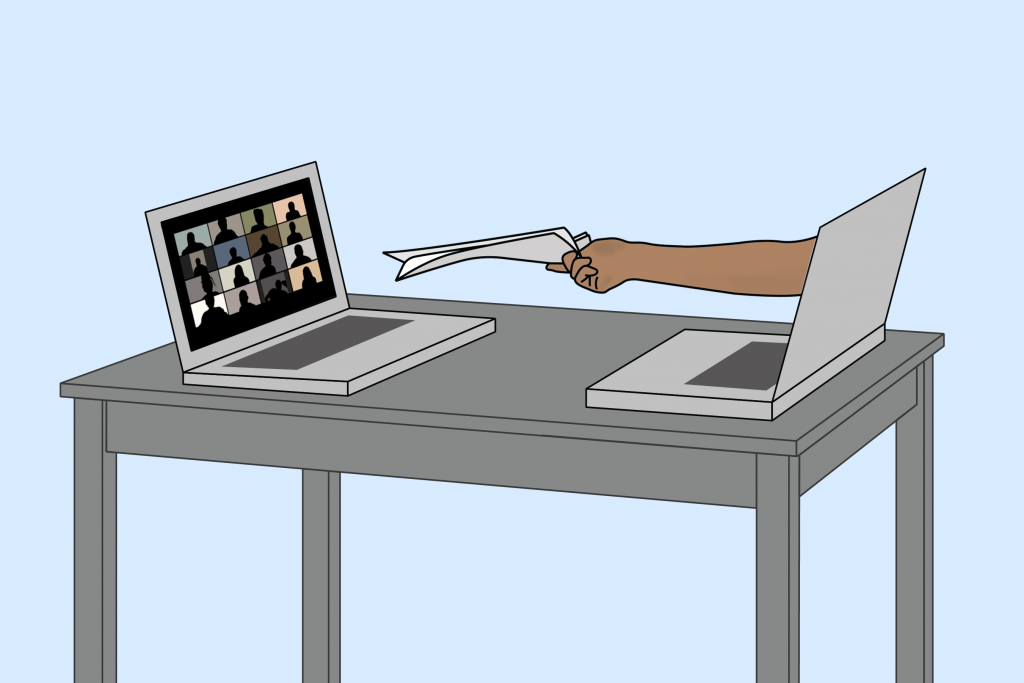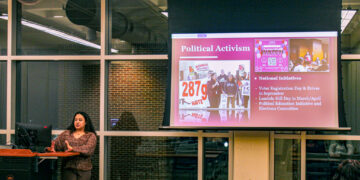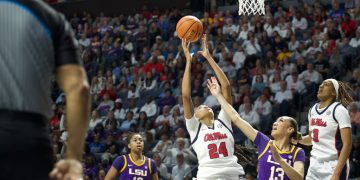
Students at the University of Mississippi continue to navigate the challenges of pursuing an education under COVID-19 regulations. As the routine-altering switch to online, remote and socially-distanced classes approaches the end of its fourth week, many students are beginning to see its lasting effects on their lives.
“In the long run, online classes will have taught me a lot about life, not as much about course material. I have learned how to best manage time in difficult circumstances and how to deal mentally with seemingly hopeless situations,” Bailey Fitts, a sophomore Spanish major, said.
Noah McClanahan, a sophomore public policy leadership major, agreed with Fitts, adding that while online classes do get the job done, it just isn’t the same as having them in person.
“From a strictly academic perspective, online classes have been manageable, but from a holistic standpoint, they can’t hold a candle to the normal college experience,” McClanahan said.
The greatest change to the normal college experience has been the number of courses that are taught within each mode of instruction: web, online, remote, hybrid and face-to-face. Of the 4,387 classes offered this semester, more than half offer no face-to-face contact. Only 25.46% of the courses are hybrid and 23.82% of the courses meet face-to-face regularly.
However, because classes instruct any number from one to more than 50 students, these percentages sometimes fail to accurately reflect the number of students affected by these numbers.
For example, an independent study course in which only one student is enrolled may be offered face-to-face, but spread among five sections of an accounting course, nearly 500 students are obtaining the credit online.
Of the 261,474 credit hours being taught this semester, 22.45% are hybrid classes, and only 6.2% of hours are being conducted in face-to-face format. Thus, far more small-sized classes are meeting in person than large ones.
This leaves 71.35% of the university’s hours conducted solely online and at far greater distances than the CDC-approved six feet. Many students in classes without in-person instruction have failed to form teacher-student relationships and peer-to-peer friendships this semester.
The university also requires face-to-face and hybrid classes to offer Zoom instruction options for students in quarantine, in isolation or who are immunocompromised. Therefore, while a student may be enrolled in a mixture of online, remote, hybrid and face-to-face classes, he or she could very well be learning in a completely virtual format this semester.
Meghan Wright, a sophomore international studies major, is one of many students who decided to take classes entirely from her home this semester. While she said it is a sound financial move and wise health decision, she considers doing school from home an added challenge to the regular difficulty of a full course load.
“I’m having a really hard time, especially considering the fact that teachers have not reduced the amount of content despite the accelerated semester,” Wright said.
Of her 19 credit hours, Wright has one hybrid and one face-to-face class, but is learning entirely through online platforms.
“It is especially difficult to be disconnected from Greek life, the Oxford community, and everything that makes Ole Miss home,” Wright said. “The truth is, we students may be enrolled in classes, but this coursework is not what makes Ole Miss home.”



























